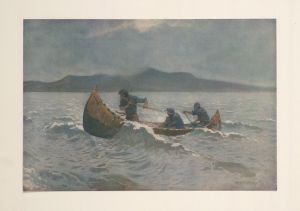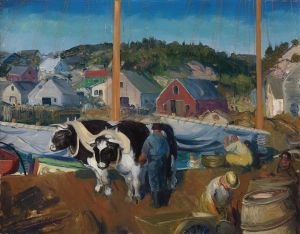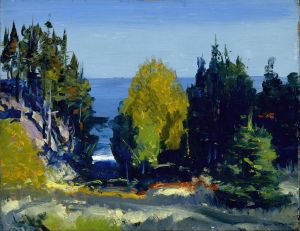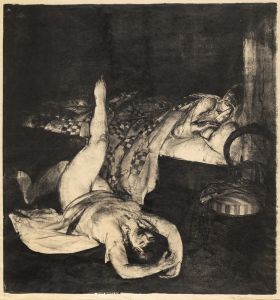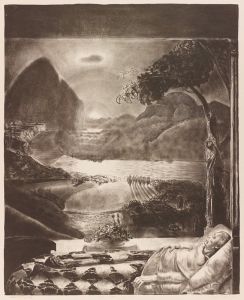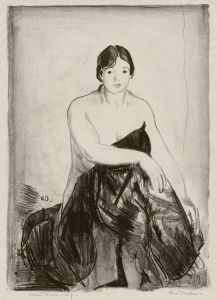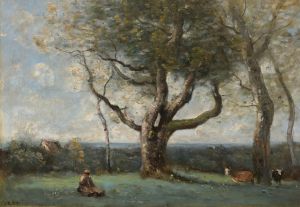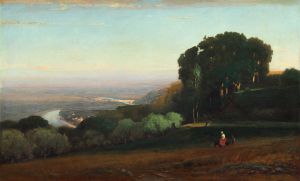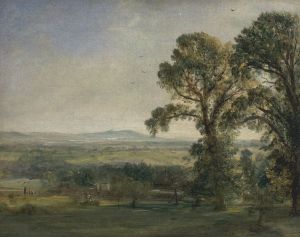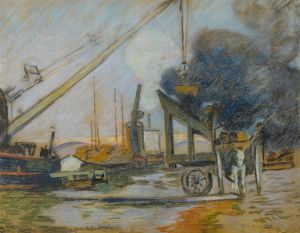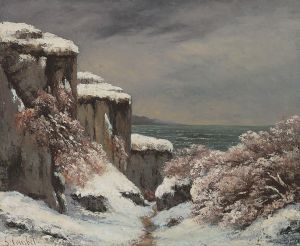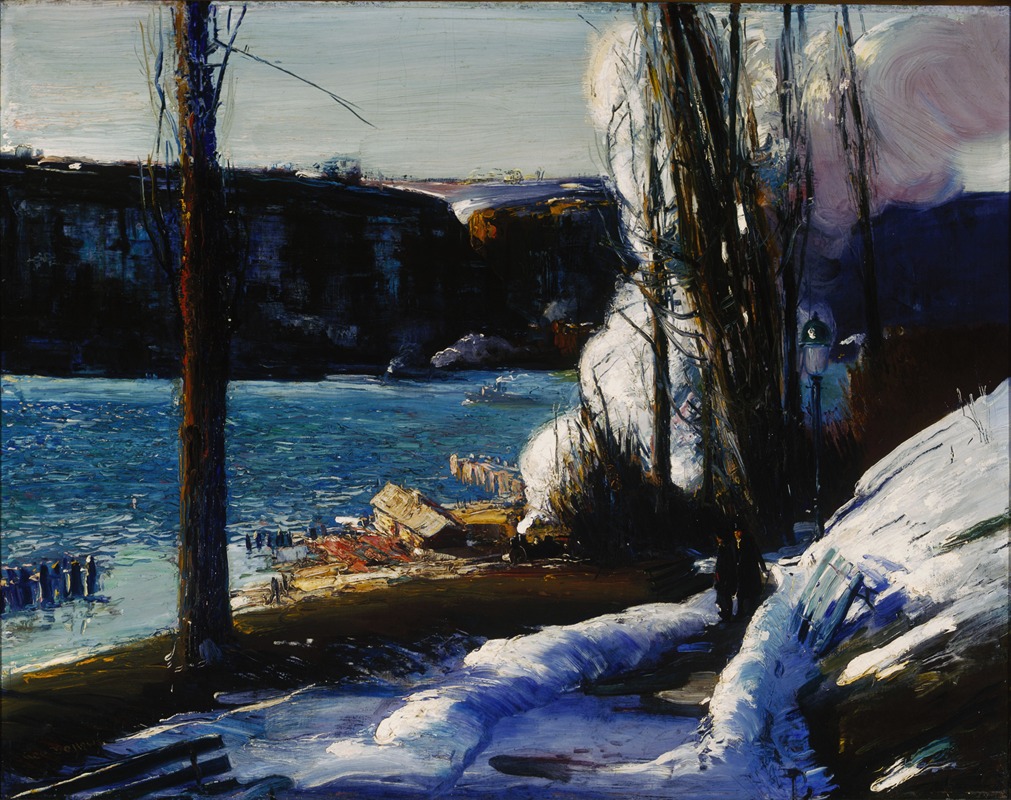
The Palisades
A hand-painted replica of George Wesley Bellows’s masterpiece The Palisades, meticulously crafted by professional artists to capture the true essence of the original. Each piece is created with museum-quality canvas and rare mineral pigments, carefully painted by experienced artists with delicate brushstrokes and rich, layered colors to perfectly recreate the texture of the original artwork. Unlike machine-printed reproductions, this hand-painted version brings the painting to life, infused with the artist’s emotions and skill in every stroke. Whether for personal collection or home decoration, it instantly elevates the artistic atmosphere of any space.
George Wesley Bellows was an American realist painter known for his dynamic depictions of urban life and landscapes. One of his notable works is "The Palisades," which captures the dramatic cliffs along the Hudson River. Bellows, born in 1882 in Columbus, Ohio, became a prominent figure in the Ashcan School, a movement that sought to portray the everyday realities of American life in the early 20th century.
"The Palisades" was painted in 1909, a period when Bellows was actively exploring landscapes and the interplay of natural light. The Palisades are a line of steep cliffs along the west side of the lower Hudson River in northeastern New Jersey and southeastern New York. These cliffs have long been a subject of interest for artists due to their striking appearance and the way they interact with the surrounding environment.
In this painting, Bellows captures the rugged beauty of the cliffs with a keen eye for detail and a vibrant use of color. The composition is marked by the strong vertical lines of the cliffs, which are contrasted by the softer, more fluid depiction of the river and sky. Bellows' use of light and shadow adds depth to the scene, highlighting the texture of the rock face and the lush greenery that clings to it.
Bellows was known for his ability to convey movement and energy in his works, and "The Palisades" is no exception. The painting reflects the natural dynamism of the landscape, with the cliffs appearing almost as if they are in motion, rising dramatically from the riverbank. This sense of vitality is a hallmark of Bellows' style, which often infused static scenes with a sense of life and immediacy.
The painting also reflects Bellows' interest in the relationship between nature and urban development. During the early 20th century, the area around the Palisades was undergoing significant change, with increased industrialization and urban expansion. Bellows captures a moment in time when the natural beauty of the cliffs stood in stark contrast to the encroaching cityscape, a theme that resonated with the Ashcan School's focus on the realities of modern life.
"The Palisades" is housed in the collection of the Whitney Museum of American Art in New York City, which holds an extensive collection of Bellows' work. The painting is celebrated for its technical skill and its ability to evoke the majesty of the natural world, as well as for its historical significance as a record of a changing landscape.
George Bellows' contribution to American art extends beyond his landscapes; he is perhaps best known for his gritty urban scenes and portraits. However, works like "The Palisades" demonstrate his versatility and his deep appreciation for the natural world. Through his art, Bellows offered a window into the American experience, capturing both the beauty and the challenges of his time.





